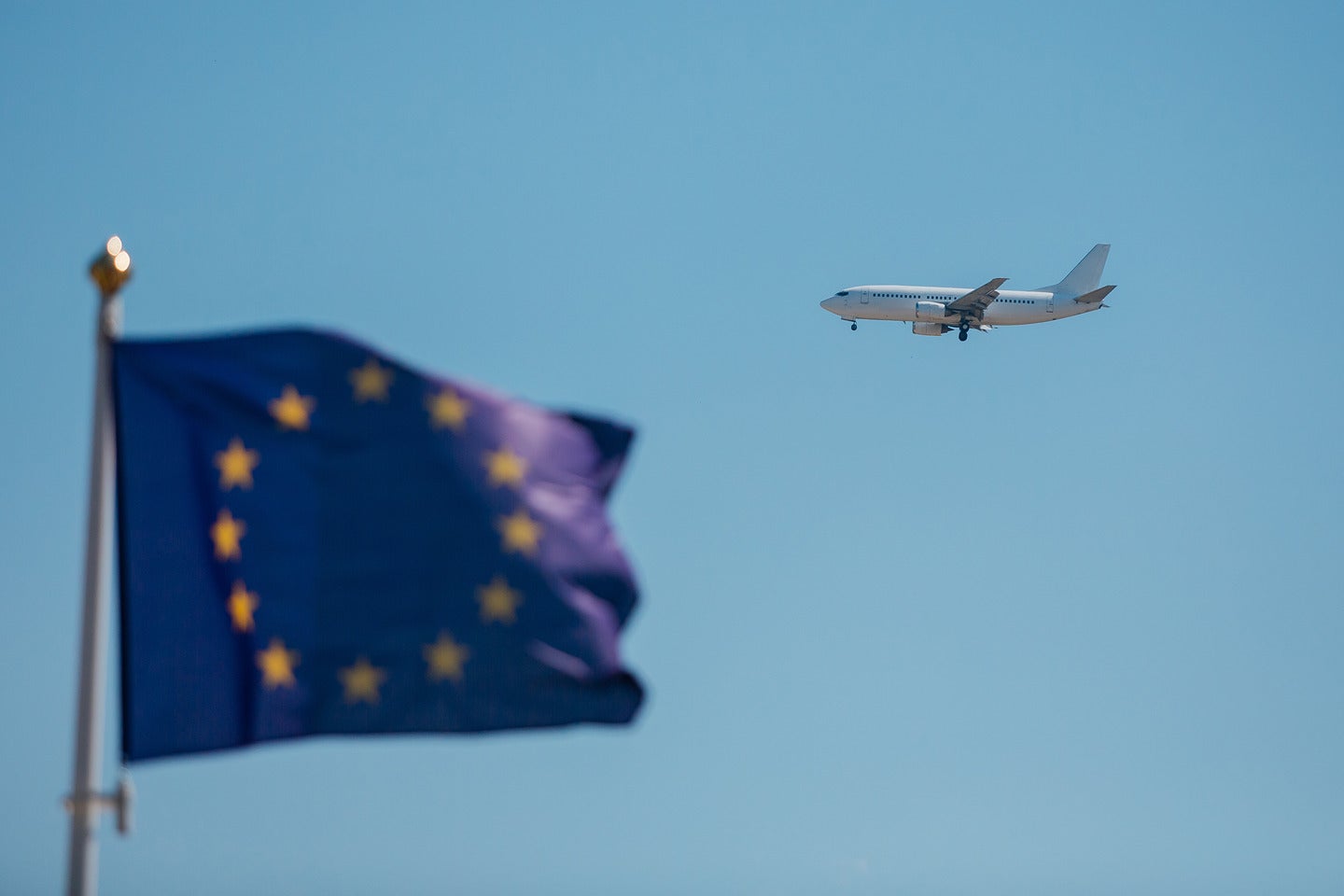
The EU has extended a programme offering operating aid to small, regional airports due to concerns over the ongoing energy crisis and their recovery after the pandemic.
First introduced in 2014, the Guidelines on State Aid to Airports and Airlines allow EU member states to grant operating aid.
The guidelines set a ten-year transition period, during which the aid was compatible with the internal market, which was set to expire in April 2024 but will now continue until April 2027 following a call for evidence and public consultation in 2022 and 2023.
European Commission spokesperson Arianna Podesta said the decision was made in response to a major crisis in the European aviation sector following the travel restrictions during the pandemic and the effect of Russia’s war in Ukraine.
Podesta said: “In particular, regional airports have been facing lower revenues and higher costs, which had an adverse impact on their profitability. This could lead to closures of certain regional airports, which in turn may negatively affect connectivity across the EU.”
The operating aid is available to regional airports with less than 3 million passengers a year, which meets certain requirements, including aid contributing to achieving a common interest.
Those common interests are defined as increasing the mobility of EU citizens and the connectivity of EUR regions, combatting air traffic congestion at major EU airports, or facilitating regional development.
The extension of the aid availability follows a similar extension in 2018 for a subsection of the operating aid guidelines which allowed for airports with less than 700,000 passengers which faced a greater challenge to become cost-covering to receive the aid.
That section was only due to last for five years but was extended at the end of the original transition period until next year.
Airports of that size are also able to receive up to 80% of their operating funding gap, higher than the 50% available to the slightly larger airports.
Regional airports across Europe and the world have seen a variety of struggles in recent years, including the energy crisis and pandemic closures as well as the drive to become more sustainable.
For example, during the consultation on prolonging the operating aid guidelines, the Latvian Ministry of Transport said: “It should be considered that goals set by the EU to ensure climate neutrality will create an additional burden in the future.”
This has led to many smaller airports seeking to find a way to stand out and support themselves, such as Doncaster Airport in the UK, which was highlighted as a possible low-carbon aviation tech hub.



